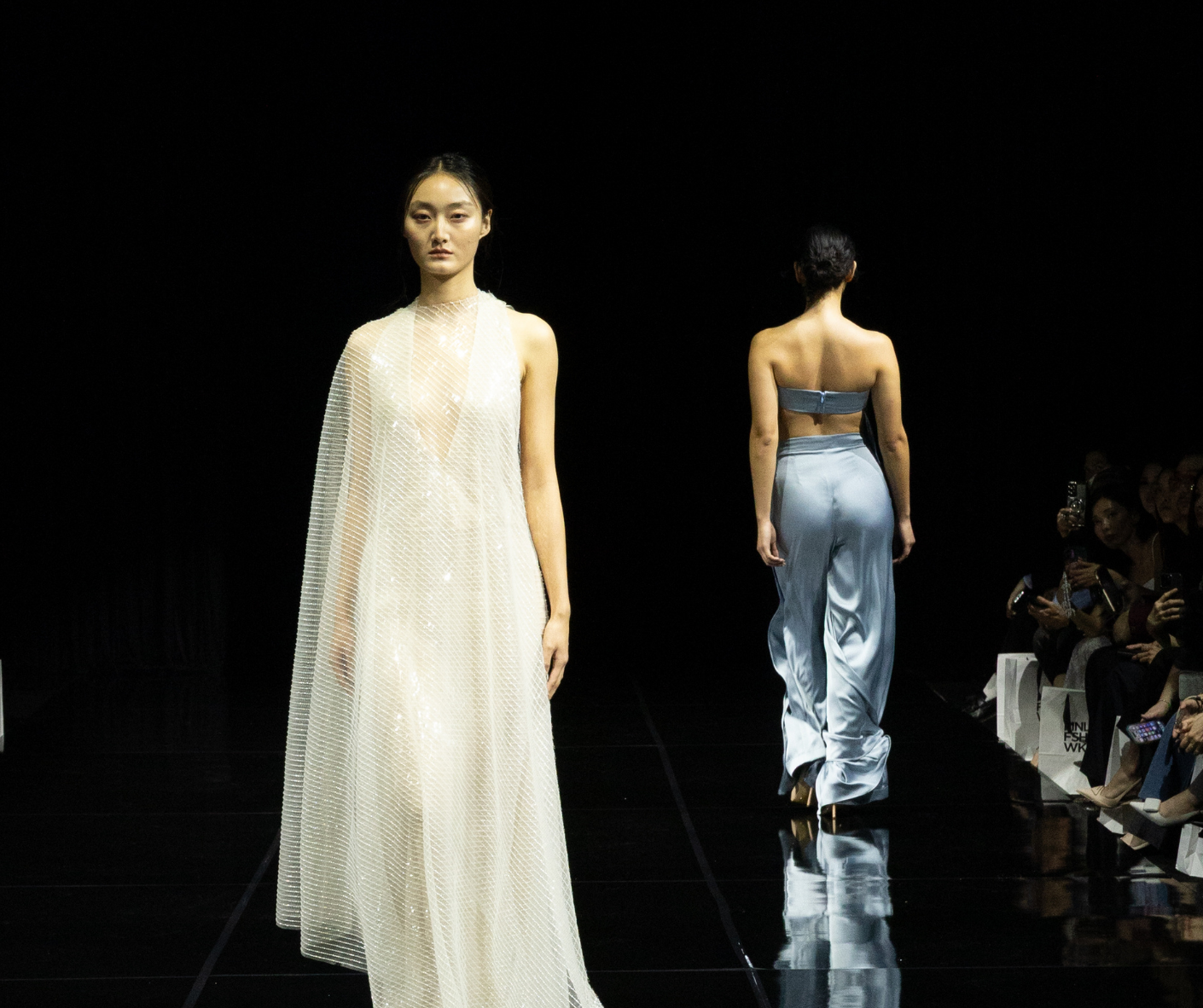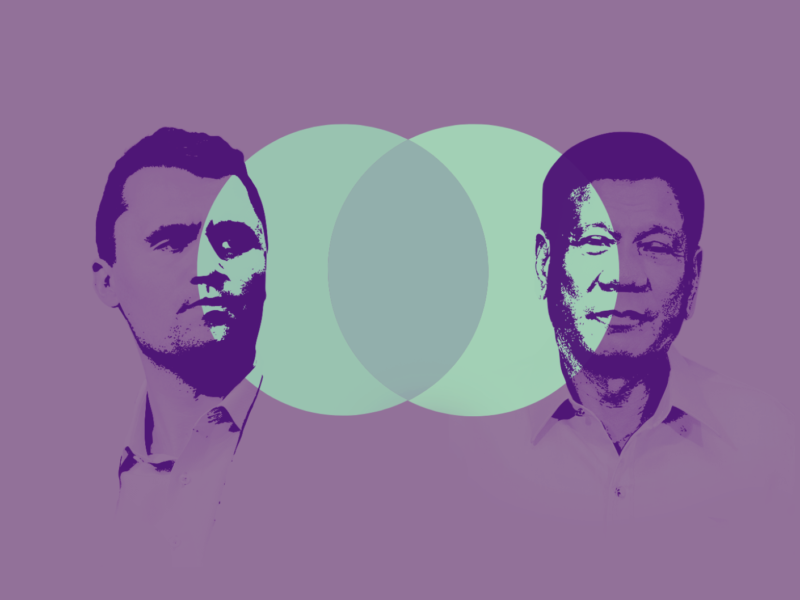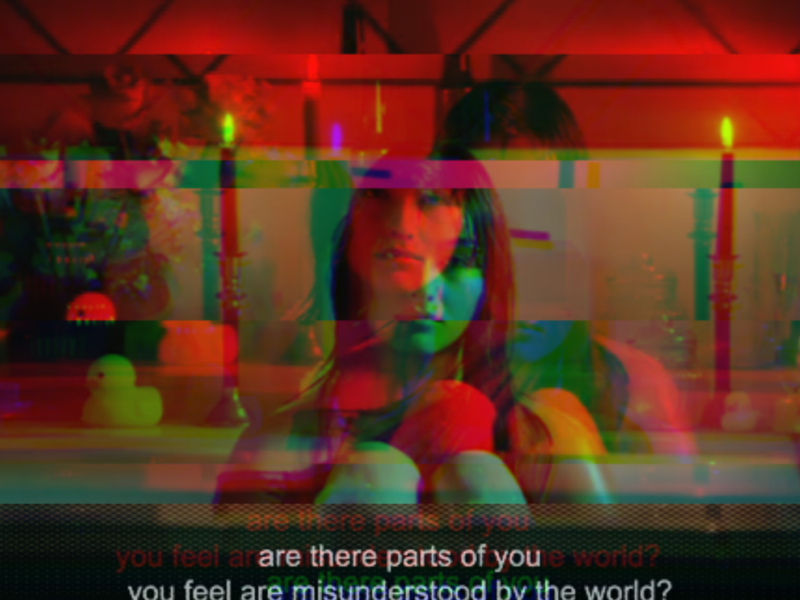Traditions met transformation, softness met strength, and heartache merged with humor as 8 names strut their stuff at SM Aura Premier.
There can be harmony among the contradictory—this, at least, was the recurring message of the first-ever Manila Fashion Week (MNLFW.)
Held from October 16 to 19 at SM Aura Premier, the four-day affair featured eight distinct showcases that offered varied interpretations of Filipino fashion. What audiences witnessed were marriages of contrast. Tradition met transformation, softness met strength, and humor intertwined with heartbreak as some of the country’s most notable creatives unveiled their work.
A reimagining of BYS Fashion Week, which ran from 2022 to 2024, MNLFW aims to create a platform akin to those enjoyed by other fashion capitals. According to its website, the event seeks to “empower designers, elevate local narratives, and set the standard for fashion in Southeast Asia and beyond.”
“It is more than a fashion week,” the site reads. “It’s a cultural landmark, a career launchpad, and a global call to recognize Filipino talent.”
The inaugural MNLFW wasn’t just another addition to the global fashion calendar; it was a declaration. For decades, Filipino designers have flirted with international relevance—dressing pageant queens, couture collectors, and pop icons—but rarely have they been given a runway that felt truly theirs. This time, the spotlight wasn’t borrowed from Paris or Milan. It was refracted from Manila itself: humid, hybrid, and unashamedly alive. The first eight to step into it were Andrea Tetangco, Viktor, OXGN, Chris Nick, Iñigo, DBTK, Viña Romero, and Randolf.
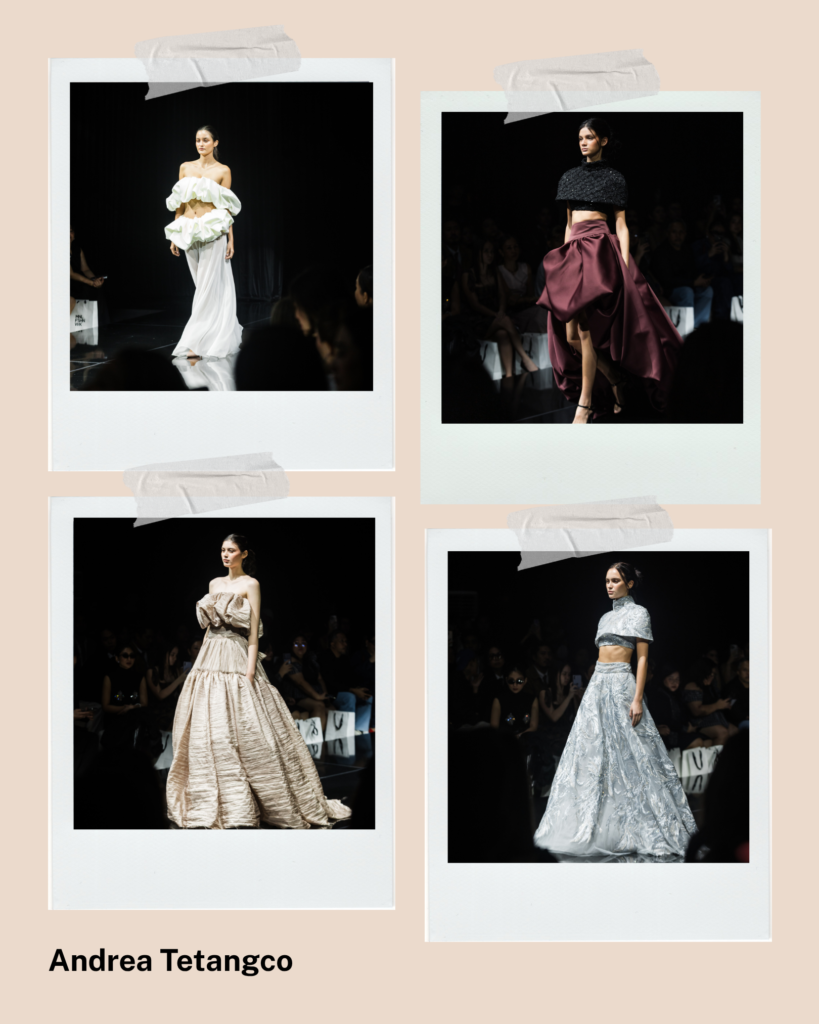
Tetangco began the week with a whisper rather than a scream—an ode to women rendered in tulle, structure, and quiet power. Her silhouettes spoke the language of grace but with a fluency in rebellion.
“Women have always been at the heart of my creative process,” she said. “Every piece I design is a love letter to them—a way of inspiring confidence, grace, and strength through clothing. For this collection, I wanted to explore the idea of purity and femininity reimagined—something dreamy and futuristic, yet timeless and grounded in reality.”
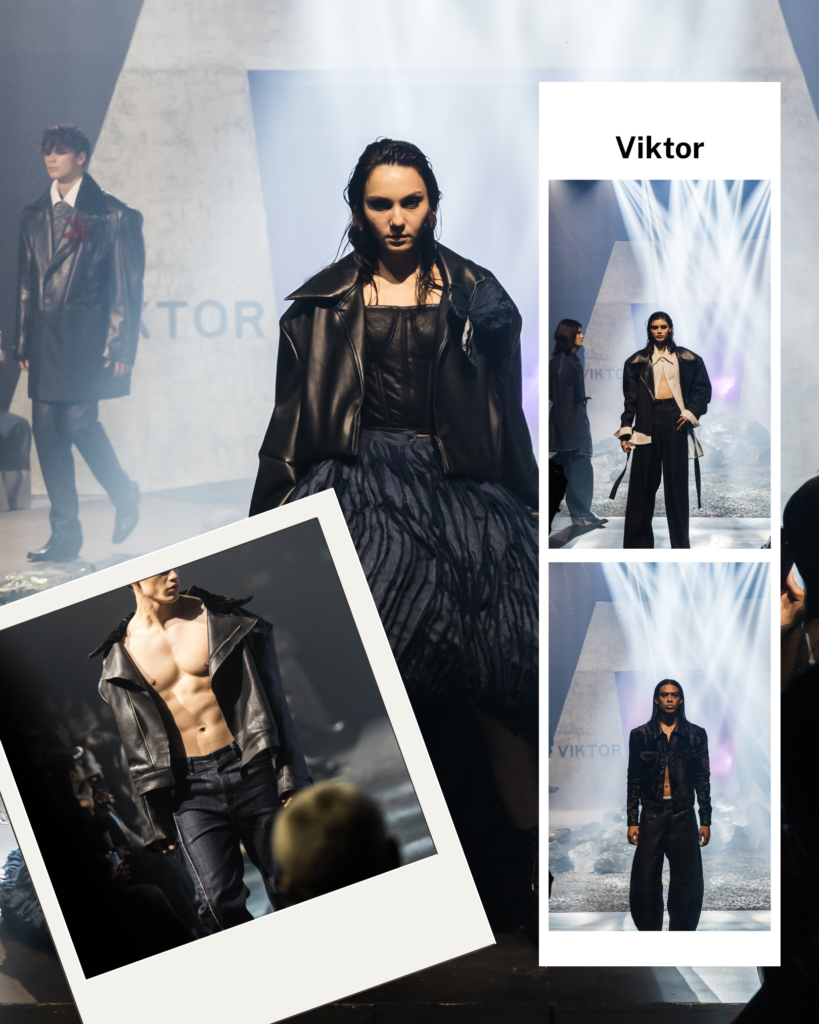
At Samsung Hall came the works of Viktor’s designers, Ino Caluza and Will Mueco, who followed Tetangco with a growl. Inspired by “Blade Runner 2049,” their denim and leather imagined a future where even ruin demands good tailoring. Their vision of the dystopian, however, was a call for a better future—something reflected in the joint statement from Caluza and Mueco: “With [MNLFW] giving us a platform to show what Filipino brands can offer locally and globally, we hope that our viewers will support more local designers, since we are very competitive when it comes to design and quality as well.”
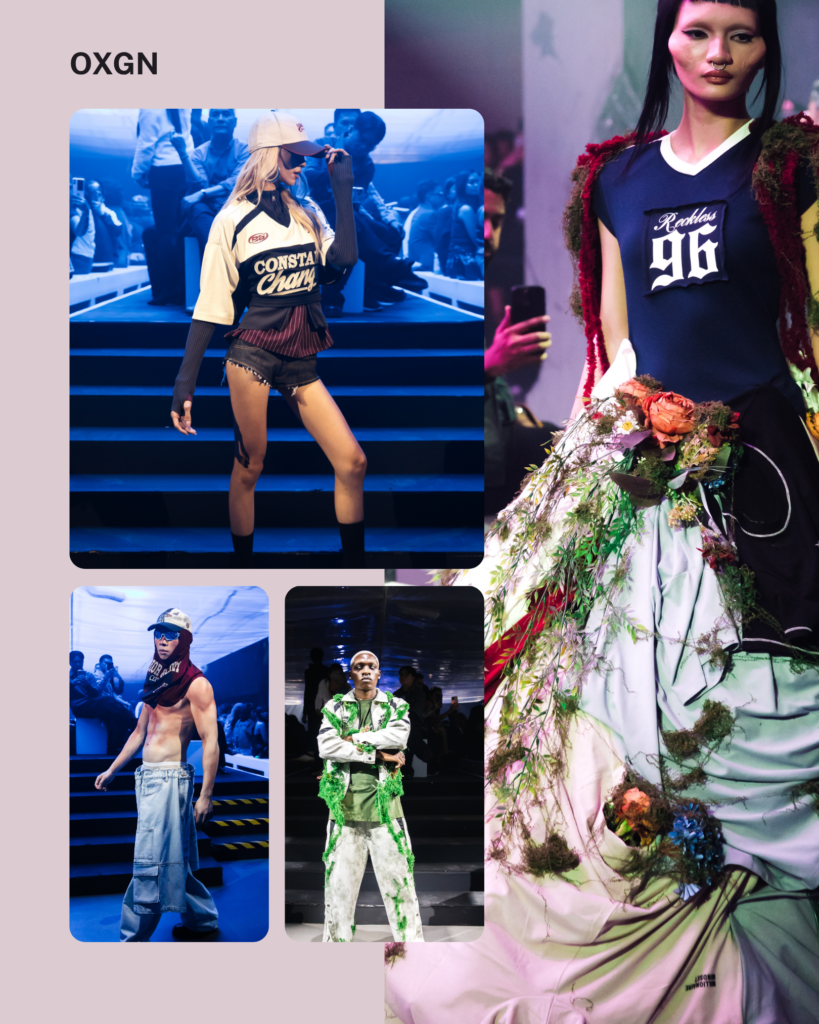
By the second night, MNLFW had found its rhythm—a pulse equal parts street and salon. OXGN, a staple of local streetwear, delivered a confident reminder that rebellion could be retail-ready, its utilitarian cool defying the notion that Filipino fashion must be either couture or cliché.
“We really want to stick to our roots, and that is streetwear,” OXGN said in a statement. “We’re treating this showcase as our reintroduction—that even with so many streetwear brands today, we’re still here, we’re still strong, and we’re here to bring forward not just the streetwear aesthetic but also the communities that build it.”
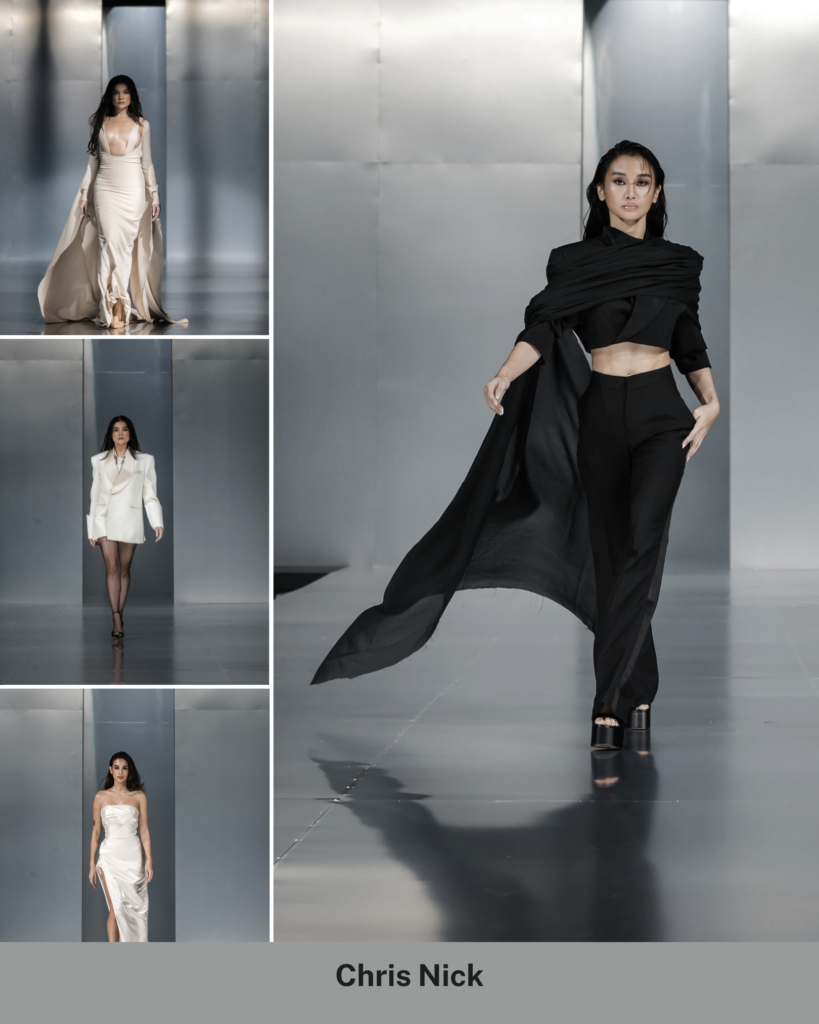
Then came Chris Nick, whose show was pure provocation—a love letter to vice rendered in satin and skin tones. Under him, the Fashion Tent became a study in sensuality and sophistication, using monochrome to explore something as colorful as desire.
“It’s essentially inspired by the hedonistic things I love to do,” he said. “This collection is sex-club centric. The different shades of brown represent skin tones, and the ivory shades represent—you know. The tuxedo will always be part of my work, so this season we have different variations of it mixed into contrasting aspects. It’s the perfect way to introduce myself during the inaugural season—it’s polished and put together, elegant yet raunchy and sensual, in the most ‘Chris Nick’ way.”
What emerged over the next two nights was a city’s fashion ecosystem unfolding in four acts: art, commerce, culture, and confession.
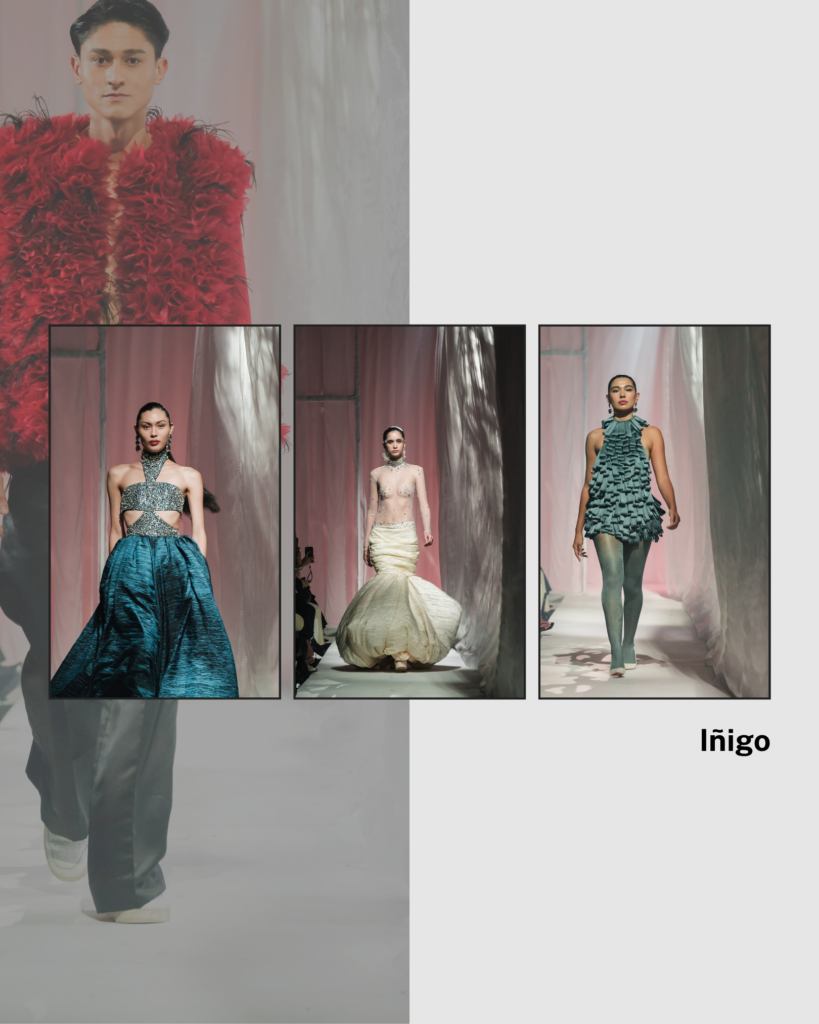
Iñigo—a dancer-turned-designer—sent down garments on day three that moved like choreography: fabric as motion, motion as memory. The partners doing the dance? Sculptural form and fluidity.
“The inspiration behind this collection is rooted in the limelight—commanding attention, movement, and versatility,” he said. “Having grown up on stage as a dancer, these elements were second nature to me. With this collection, I wanted to translate those same qualities into garments, bringing performance to fashion through fluidity, presence, and emotion.”
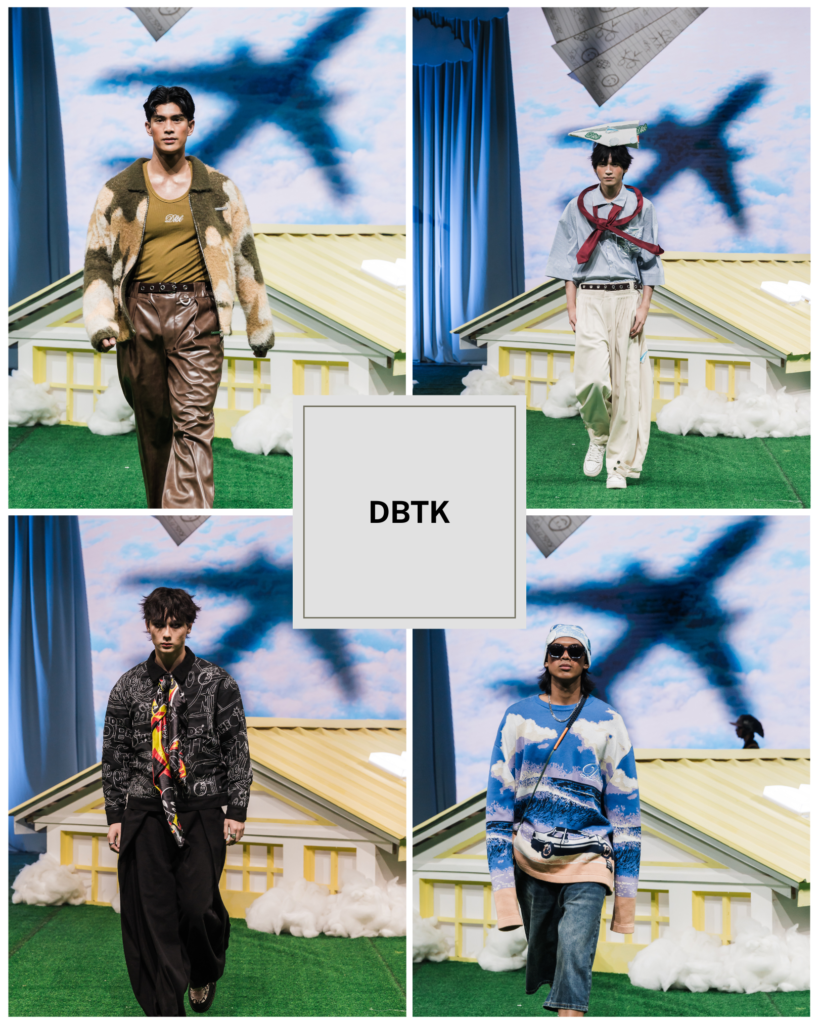
DBTK, short for “Don’t Blame the Kids,” presented what felt like a coming-of-age story for Philippine streetwear. Their “kids” came layered, conceptual, and confident. The brand’s statement made its purpose clear: “We want people to feel inspired—to see that streetwear can go beyond what most expect. It’s not just about clothes; it’s about storytelling, raw ideas, and authenticity. Through this show, we hope the audience feels the heart behind what we do—that creativity has no boundaries, and that dreams can take flight no matter where you start.”
On day four, the week ended in the hands of both Viña Romero and Randolf—two names that bookended the week with grace and grit.
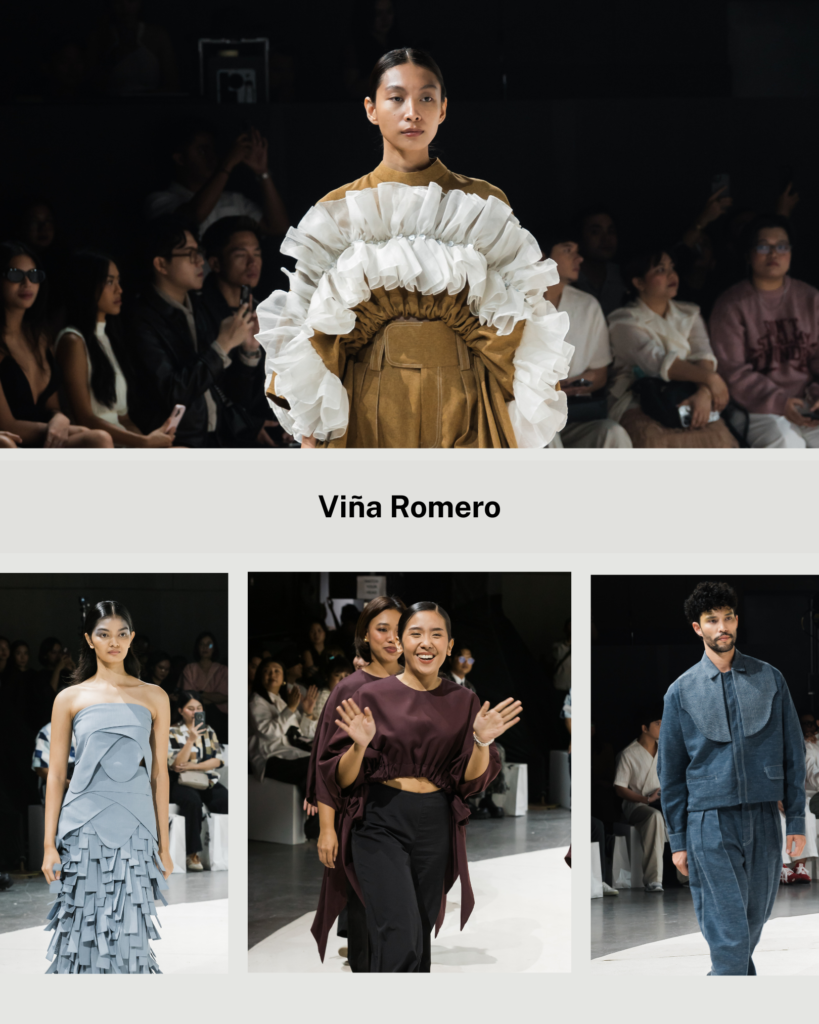
Romero’s Mga Bakas: Noon, Ngayon, at Bukas (“Traces: Then, Now, and Tomorrow”) was a decade distilled into silk—a meditation on continuity and craft.
“The collection brings together the processes, textures, and signature details we’ve developed over the years—a culmination of our growth and the creative language we’ve built,” the brand said in a press release. “It’s also an ode to the people who have been part of our story—the artisans, collaborators, and team members who continue to shape the brand with passion and care. The pieces embody the essence of who we are and the life we’ve been slowly building—familiar yet evolving, same-same but different, just like us.”
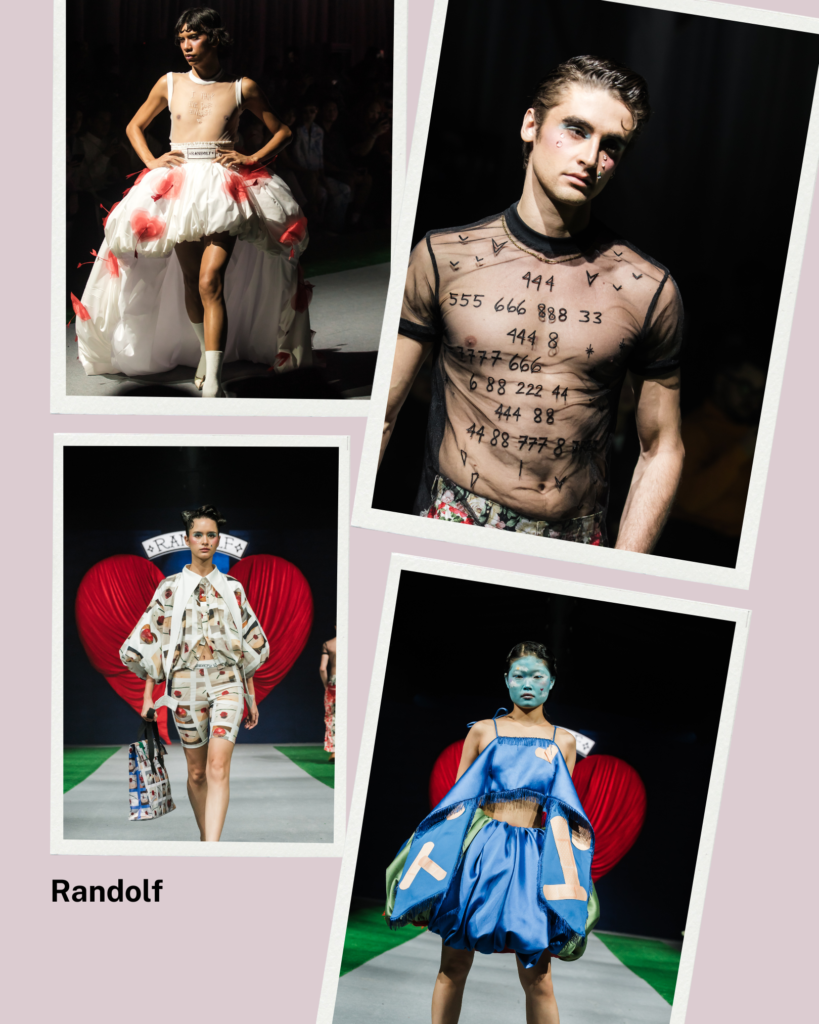
Randolf then followed with a wink and a wound. His collection, HEAURT, was part heartbreak, part self-portrait, part punchline. Many who know the people of this country might say it was deeply Filipino—sincere without taking oneself too seriously.
“The collection is called HEAURT, a mix of Heart and Hurt,” he said. “It explores the feeling of loving too much until it hurts, of mistaking obsession for love. I wanted to create a collection that explores these emotions, but I also wanted it to end with a sense of returning to oneself—with a better sense of self-respect.”
In other words, the collection—like many in this four-day celebration of local fashion—played with contrasts: elements that highlight each other by being different from each other.
It’s a familiar dynamic in the Philippines. People taste it in the flavorful food they eat with plain rice, they see it in skyscrapers that loom just above shanties, and they experience it as they live through the vast inequalities they’re forced to swallow day after day–an ecosystem wherein people who can go to other countries just to experience fashion week coexist with those who have to stay here.

